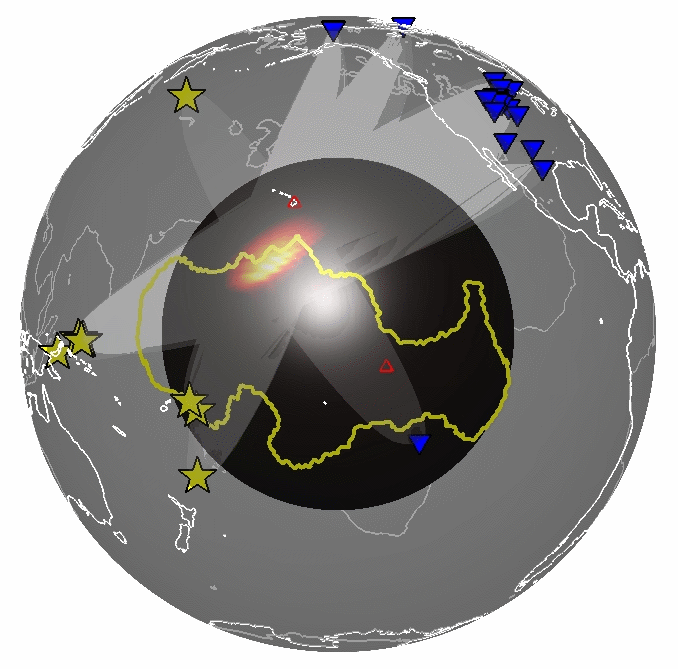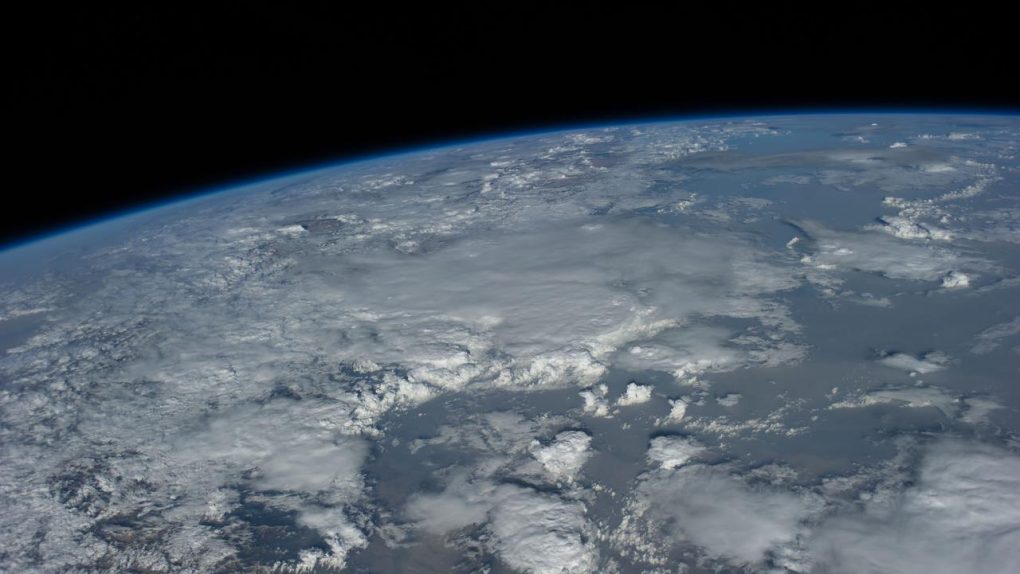- Geophysicists have detected large structures hiding near the boundary between Earth’s mantle and core.
- These structures, which are areas of surprisingly dense rock, were mapped using data gathered from thousands of seismic events such as Earthquakes.
- The scientists used an AI algorithm to help make sense of the data and reveal the hidden features lurking far below the surface.
There are scientific disciplines that focus on just about every aspect of our natural world that you can think of. From the farthest reaches of space to the deepest points in the ocean, someone, somewhere, is trying to advance mankind’s collective knowledge. One area of science that doesn’t usually grab headlines is the study of the Earth’s guts, but that’s about to change.
A new paper published by geophysicists at the University of Maryland describes the discovery of previously unknown structures surrounding Earth’s core. The research was published in the journal Science.
As with any rocky planet, the deeper you go, the hotter things get. This is a product of the intense pressure exerted by gravity pulling down on all the material we call Earth. If you go deep enough, you run into rock that is so hot it becomes liquid, but not all of this rock is created equal.
As the researchers explain, they were able to use seismic wave recordings to provide a sort of three-dimensional map of areas near the Earth’s core that revealed a surprise. Expecting to find a uniform transition between the mantle and core, the team instead discovered large rocky structures that were far denser than one would assume.
They enlisted the help of an artificial intelligence algorithm called Sequencer to make sense of thousands of seismograms captured during hundreds of large earthquakes between 1990 and 2018. Once the data was crunched, the researchers could see the strange structures lurking far beneath our feet.
When you see the term “structures” you might imagine a hidden city lurking far beneath our feet, but that’s not quite the case. These structures are just rocky features that persist in an area where they wouldn’t necessarily be expected to exist.
“By looking at thousands of core-mantle boundary echoes at once, instead of focusing on a few at a time, as is usually done, we have gotten a totally new perspective,” Doyeon Kim, lead author of the study, said in a statement. “This is showing us that the core-mantle boundary region has lots of structures that can produce these echoes, and that was something we didn’t realize before because we only had a narrow view.”

It’s incredibly interesting to learn that the Earth we’ve all spent our entire lives on has more going on at its center than we can possibly imagine. Our understanding of how the core and mantle “work” is still rather basic, but studies like this one bring us a little bit closer to grasping the bigger picture.








